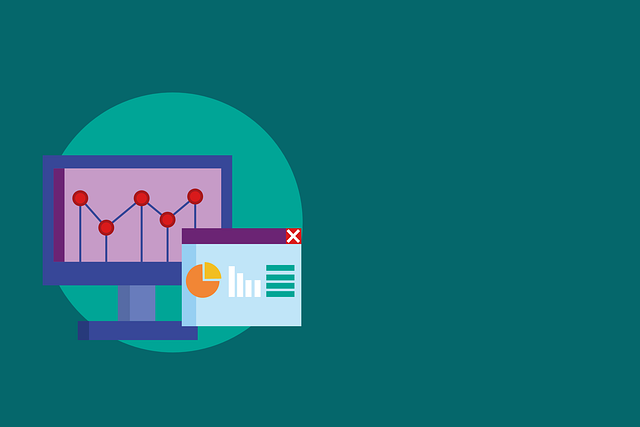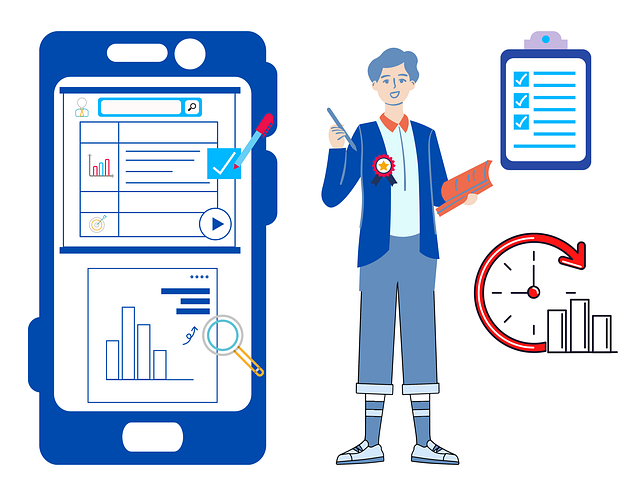AI-driven predictive analytics is transforming agriculture and landscaping by providing valuable insights into plant health through advanced technologies like IoT sensors, drones, and satellite imagery. One prominent application is AI time theft detection using geofencing, which secures plants by monitoring and detecting unauthorized access or inefficient resource use in real-time. This not only optimizes operational efficiency but also prevents damage and enhances plant health, ultimately boosting yield for landscaping professionals. Despite challenges like data privacy concerns and high initial costs, implementing AI in agriculture paves the way for a more sustainable future with precise interventions.
“Revolutionize agriculture with AI landscaping predictive plant health analytics. This cutting-edge technology combines artificial intelligence and geofencing to offer unprecedented insights into crop health, enabling farmers to make data-driven decisions. By detecting ‘AI time theft’ through precise location tracking, farmers can optimize resource allocation and maximize yields. Explore the benefits and challenges of implementing this game-changing approach, from enhanced efficiency to navigating initial implementation hurdles.”
- Understanding AI-Powered Predictive Plant Health Analytics
- The Role of Geofencing in AI Landscaping: Time Theft Detection
- Benefits and Challenges of Implementing AI in Agriculture
Understanding AI-Powered Predictive Plant Health Analytics

AI-powered predictive plant health analytics is transforming agriculture and landscaping by offering unprecedented insights into plant well-being. This technology leverages machine learning algorithms to analyze a vast array of data points, from weather conditions and soil composition to plant growth patterns and disease indicators. By integrating AI with IoT sensors, drones, and satellite imagery, it becomes possible to detect subtle changes in plant health that might otherwise go unnoticed.
One innovative application is AI time theft detection via geofencing, where AI algorithms monitor movement within specific areas (geofences) around plants or crops. This helps identify unauthorized access or inefficient use of resources, such as water or fertilizer, optimizing care and preventing potential damage. Moreover, predictive analytics enables proactive interventions, allowing landscaping professionals to address issues before they escalate, ultimately enhancing plant health and yield.
The Role of Geofencing in AI Landscaping: Time Theft Detection

In the realm of AI landscaping, geofencing plays a pivotal role in enhancing plant health analytics through efficient time theft detection. By defining virtual boundaries around areas of interest, such as gardens, farms, or greenhouses, AI algorithms can accurately monitor and track movement within these spaces. This technology ensures that only authorized personnel or vehicles are present, identifying any unauthorized access or loitering that could indicate potential theft or vandalism.
AI-powered geofencing systems analyze real-time data from various sensors and cameras, allowing for precise identification of anomalies. When an unauthorized entity enters a geofenced area, the system raises alerts, enabling swift action to prevent loss. This proactive approach not only secures valuable plant resources but also optimizes operational efficiency by eliminating unnecessary time spent on investigating suspicious activities.
Benefits and Challenges of Implementing AI in Agriculture

Implementing Artificial Intelligence (AI) in agriculture offers a myriad of benefits, transforming traditional farming practices into a more efficient and sustainable future. One of the key advantages is the ability to enhance plant health analytics through predictive models. AI algorithms can analyze vast amounts of data from sensors, drones, and satellites to identify patterns and predict potential issues early on. For instance, AI time theft detection via geofencing helps farmers monitor field activities, ensuring optimal use of resources and preventing unauthorized access. This technology enables precise interventions, such as targeted irrigation or pesticide applications, reducing waste and environmental impact.
However, challenges exist when integrating AI into agriculture. Data privacy and security are significant concerns, as farms generate sensitive information about crop health and operations. Ensuring the secure storage and responsible use of this data is essential. Additionally, the initial setup and cost of implementing AI technologies can be high, requiring substantial investments in equipment and training. Overcoming these challenges requires collaboration between farmers, technology providers, and regulatory bodies to establish robust data management practices and accessible, affordable solutions, fostering a more intelligent and resilient agricultural sector.
AI landscaping, through predictive plant health analytics and innovative techniques like geofencing for AI time theft detection, offers a promising future for agriculture. By leveraging these technologies, farmers can optimize resource allocation, enhance crop yields, and reduce waste. While challenges remain, the benefits of AI in agriculture are substantial, paving the way for more efficient and sustainable farming practices. Incorporating AI time theft detection via geofencing is a game-changer, enabling farmers to navigate their vast landscapes with precision and data-driven insights.
